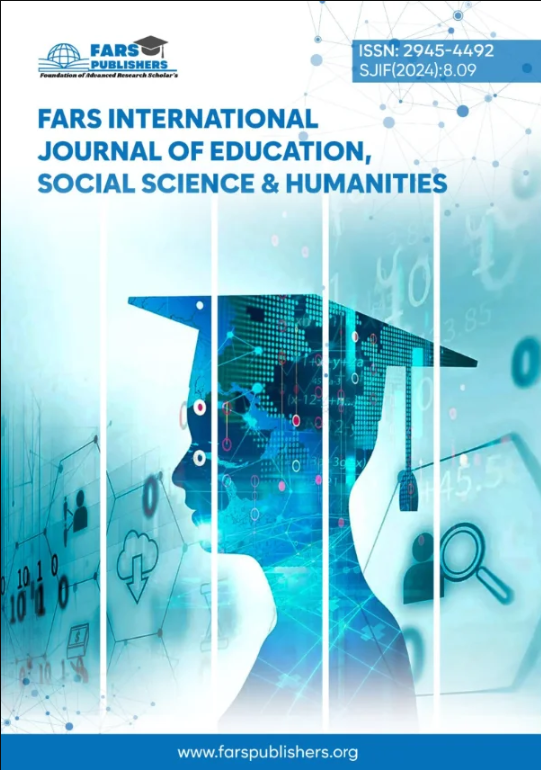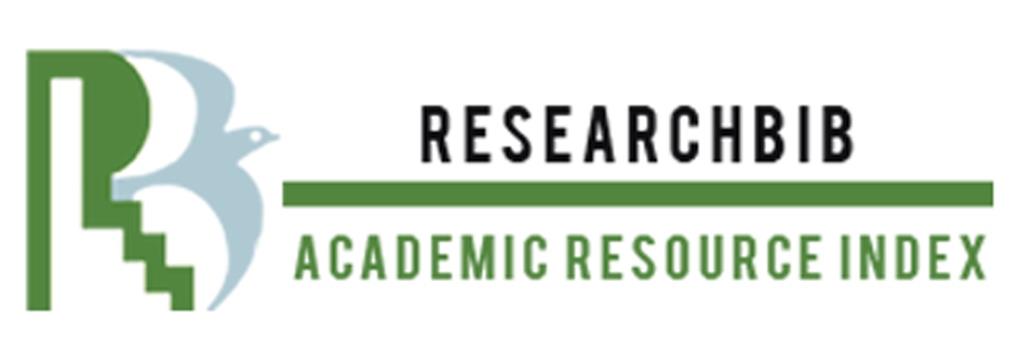THE ROLE OF MEDIA AND FILMS IN LEARNING ENGLISH AS A FOREIGN LANGUAGE
Abstract
In the digital age, media and films have become integral to language learning, especially for English as a Foreign Language (EFL) students. Films provide a dynamic way to experience authentic English, introduce diverse cultural perspectives, and foster linguistic skills in listening, vocabulary, pronunciation, and cultural literacy. This article explores the role of media, with an emphasis on films, in enhancing EFL learning, detailing key benefits, challenges, and recommendations for effective integration into EFL classrooms.
Downloads
References
Krashen, S. D. (1985). The Input Hypothesis: Issues and Implications. Longman.
Vanderplank, R. (2016). "Benefits of Watching Authentic Films." Language Learning Journal, 44(3), 233–247.
Nation, I. S. P. (2001). Learning Vocabulary in Another Language. Cambridge University Press.
Champoux, J. E. (1999). "Film as a Teaching Resource." Journal of Management Education, 23(4), 430–445.
Sherman, J. (2003). Using Authentic Video in the Language Classroom. Cambridge University Press.
Brown, H. D. (2007). Principles of Language Learning and Teaching. Pearson Education.
Stempleski, S., & Tomalin, B. (2001). Film, TV, and Video in Language Teaching. Oxford University Press.
Sari, L. K., & Prasetyo, Y. (2019). "The Effects of English Language Movies on Vocabulary Mastery." Journal of Language Education and Development, 8(2), 99–110.
Roell, C. (2010). "Intercultural Training with Films." English Teaching Forum, 48(2), 2–9.
King, J. (2002). "Using DVD Feature Films in the EFL Classroom." ELT Journal, 56(4), 409–415.
















